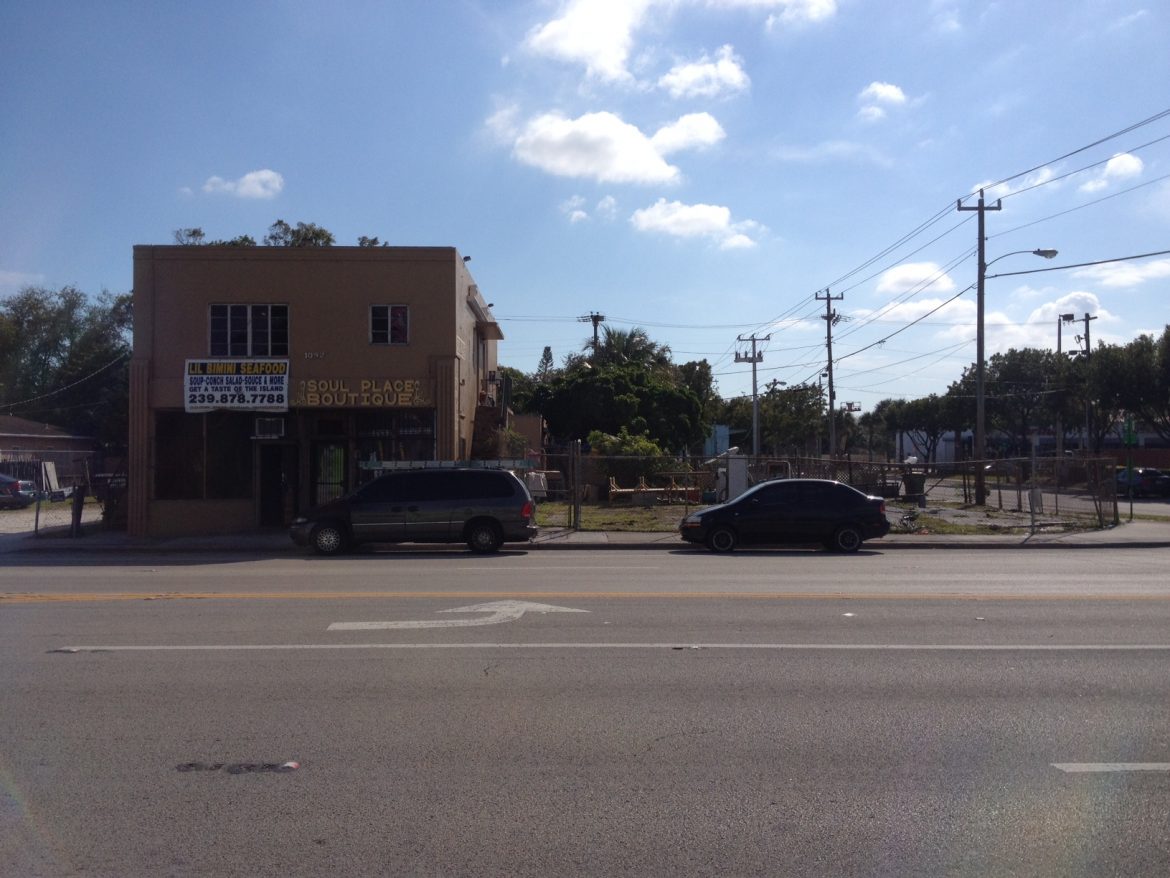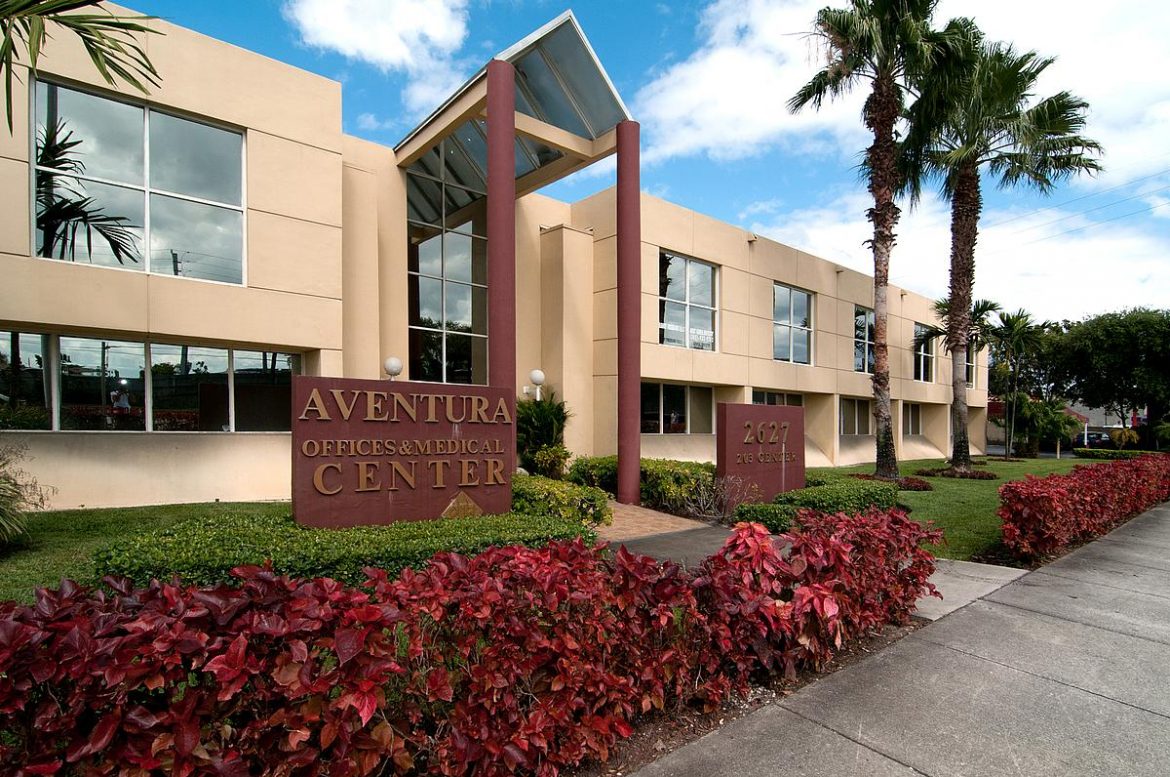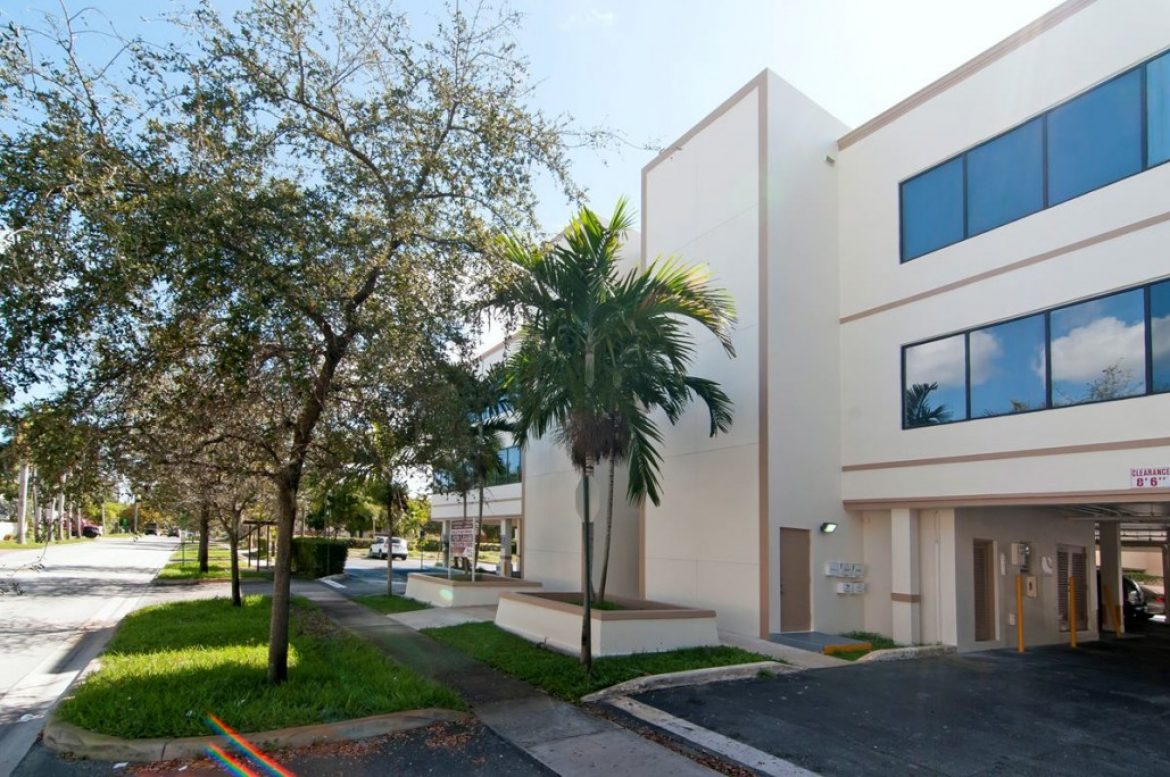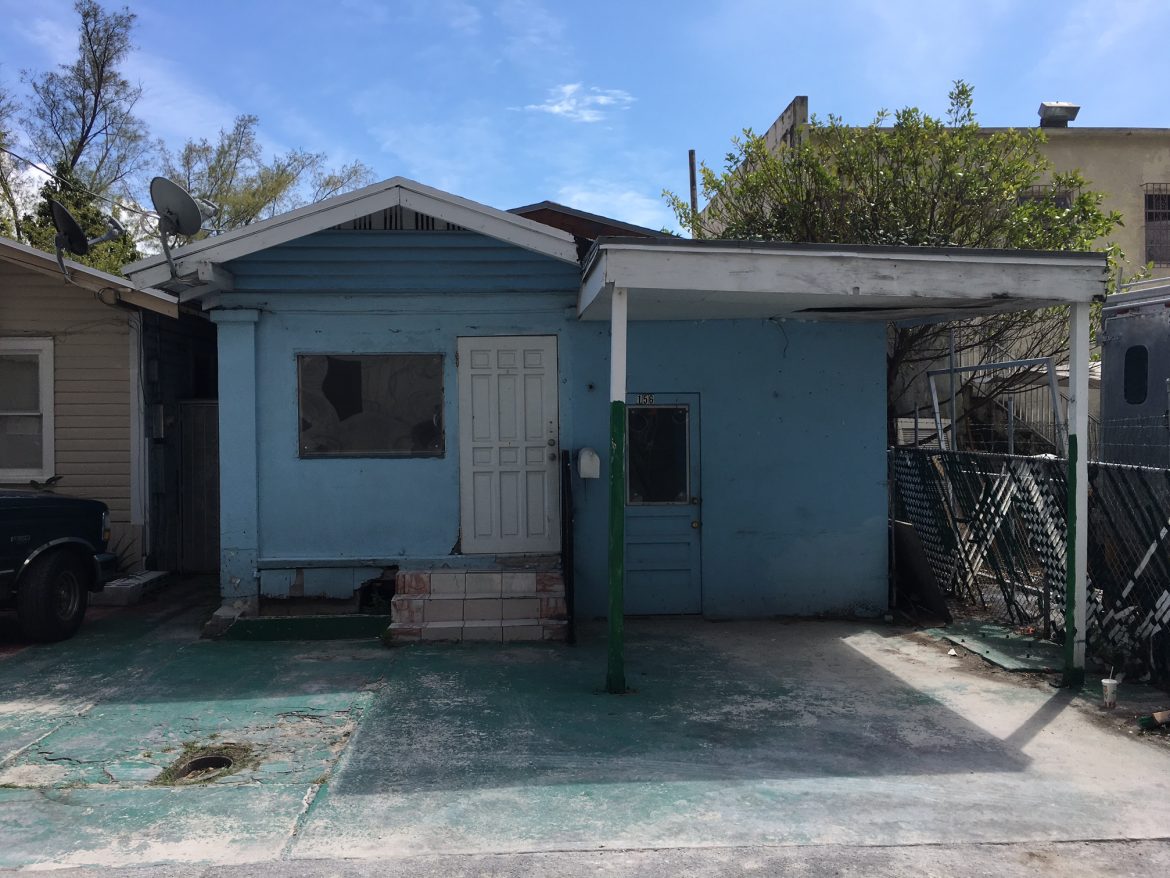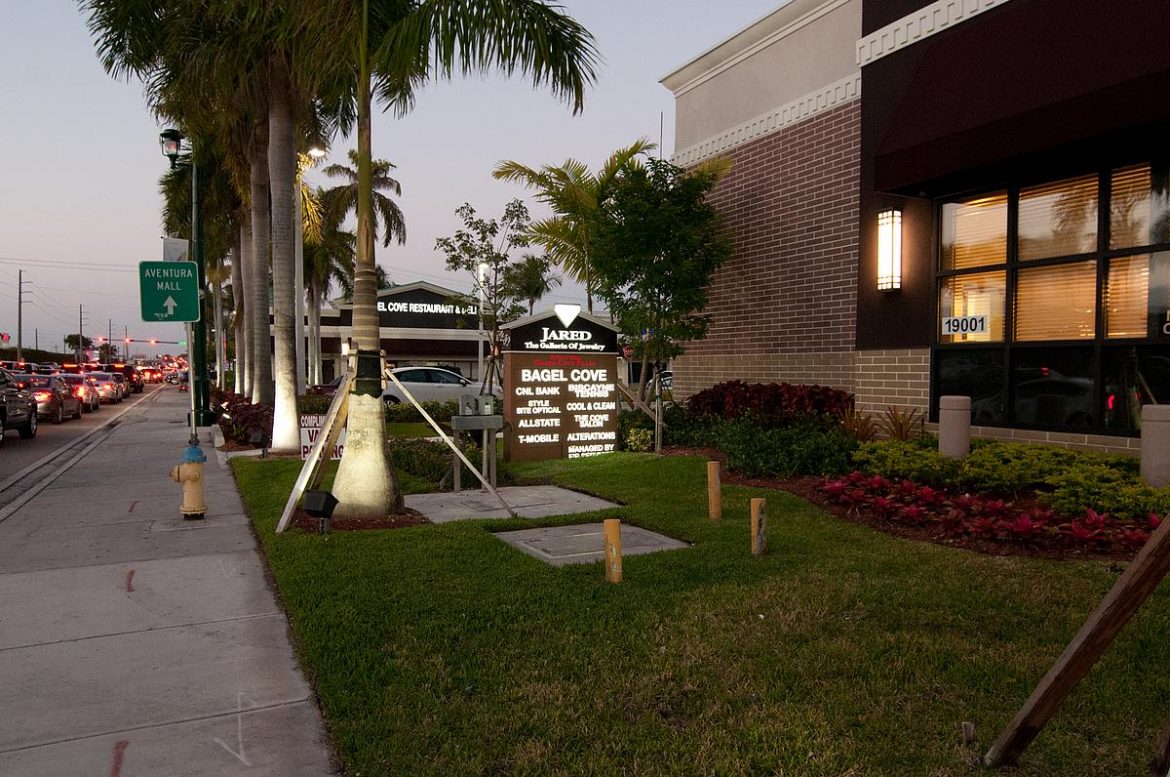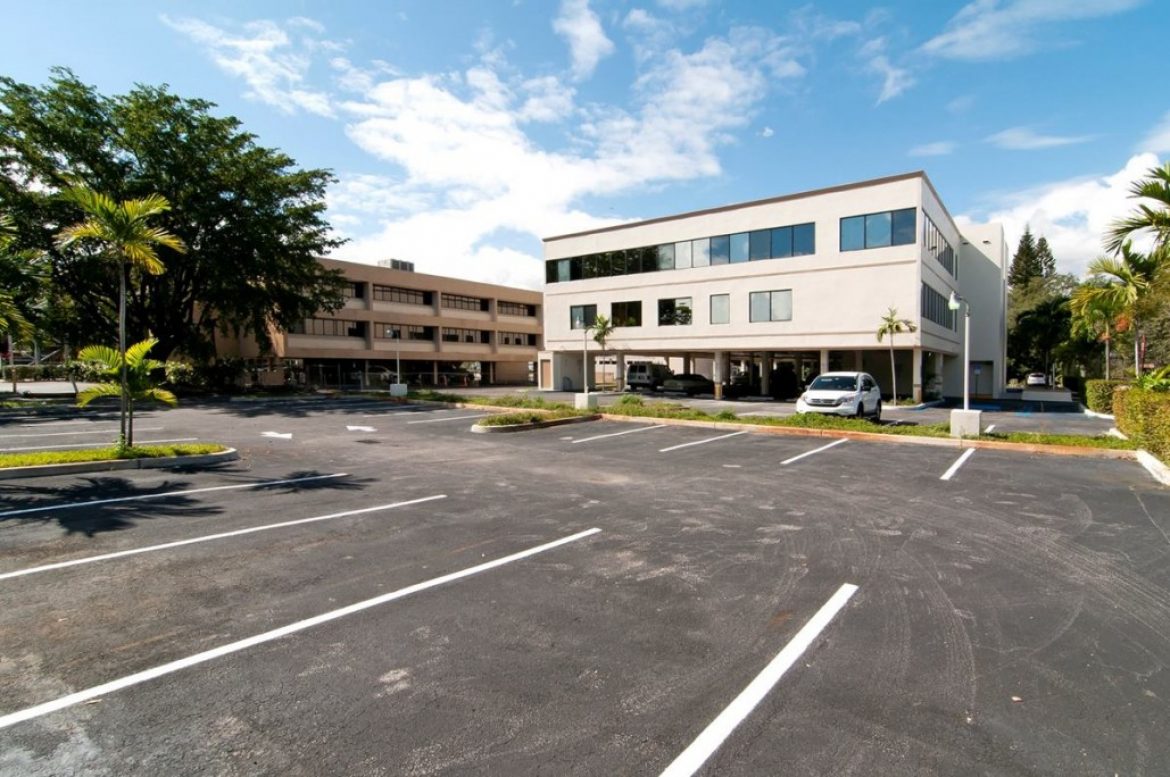
The pandemic rocked U.S. health care facilities in 2020, leaving them with falling revenue from moneymaking surgeries and ordinary care as physicians and nurses shifted their attention toward patients infected with the coronavirus.
But the real change will come three to four years from now, when the impact of new designs implemented on existing and new healthcare facilities are deployed based on what architects and physicians have learned over the past nine months.
“Health care clients are already shifting their focus and asking for smaller footprints and more space flexibility along with additional isolated, negative air pressure rooms,” said Architect and EYP principal Miranda Morgan, while speaking at Bisnow‘s ‘The Future of DFW Healthcare’ webinar. “The smaller footprints are just more efficient and lean. We are still providing everything that is needed, and we are still doing big huge patient towers. But instead of big luxury, patient rooms, clients are asking us to be closer to code and to get what you need in that space and provide the patient with a good experience, but don’t go overboard.”
A large focus of future design will be on keeping healthy and sick patients separate rather than feeding everyone through the same access points and maneuvering the same hallways. Luxurious common areas have lost some favor as health care systems shift toward making sure more rooms are available to isolate emergency care and hospital inpatients while also better managing various points of access to segregate healthy and sick populations on-site.
“We are examining the way patients flow through the facilities,” said Dwain Thiele, UT Southwestern Medical Centersenior associate dean. “Some of the most challenging are imaging facilities or places that previously did not have a large amount of space, hallways or waiting rooms. It is something we will be looking at in the future.”
“What we have seen through the pandemic from a needs standpoint is more access points for people to be seen and to have access whether through telehealth or smaller, faster clinics where people can get in and out,” Transwestern National Managing Director of Healthcare John Huff said. “I guess we realize we don’t all want to sit in a huge long waiting room for an hour.”
In the future, waiting rooms very well could be a thing of the past, with that square footage allocated to more isolated treatment rooms, health care experts said.
“Other trends here to stay include the ongoing push for more outpatient care centers and ambulatory facilities that can take care of non-life-threatening illnesses while hospitals are hit with pandemics,” Huff said.
“Technology also will play a significant role in reshaping the future of health care, with telemedicine, or remote health care visits, allowing hospitals to keep healthier patients away from pandemic-stricken areas,” Methodist Health System Chief Operating Officer Pamela Stoyanoffsaid. “I would say prior to COVID, we probably saw about 1% of visits in the outpatient setting with telehealth. In April and May, when we saw the first surge, we were probably up to 80% to 90% of our visits. When some of the restrictions lifted, telehealth usage dropped back down to 15%, but it’s expected to have a place in the future of health care services. It is now a massive part of what we do, and it is here to stay.”
Source: Bisnow

